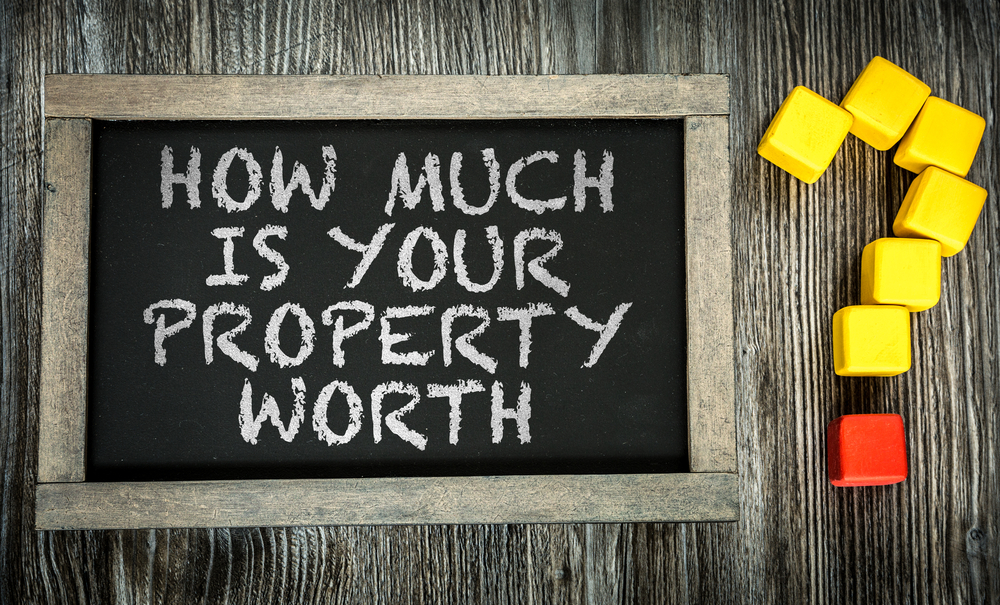3 min read

Indeed, Truss Financial Group proudly offers HELOC's without the hassle of an appraisal or the need to provide tax returns. How convenient! 😎
Getting a home equity line of credit (HELOC) can be an excellent way to access the value tied up in your home for things like home improvements, debt consolidation, or even education expenses. However, the process of securing a HELOC often involves various documentation requirements, including appraisals and tax returns. In certain cases, you may be able to sidestep some of these requirements. Here’s how you can get a HELOC without going through the traditional hoops of an appraisal or providing tax returns.
Understand the Basics
Firstly, understand that a HELOC is essentially a second mortgage. Lenders will look at factors like your credit score, employment history, and the amount of equity you have in your home. This is usually where the appraisal comes into play, as lenders want to ascertain the current market value of your property to calculate your available equity.
Tax returns, on the other hand, are typically required to verify your income, which shows lenders your ability to repay the line of credit.
Alternative Methods of Valuation
Automated Valuation Models (AVMs)
Some lenders utilize Automated Valuation Models (AVMs) to determine your home's value. These models use data such as recent sales of similar homes in your area to estimate the value, thereby skipping the traditional appraisal process.
Existing Appraisal Reports
If you’ve had an appraisal done in the last year for another financial transaction like refinancing, some lenders might accept that report, thereby eliminating the need for a new appraisal.
Drive-By Appraisals
Some lenders are willing to accept a drive-by appraisal, which is less detailed and therefore quicker and often cheaper than a full appraisal.
Alternative Income Verification
Stated Income
Some lenders may offer "stated income" HELOCs. With these, you simply state your income without the need to provide tax returns or pay stubs. However, these are riskier for lenders and generally come with higher interest rates and more stringent credit requirements.
Bank Statements
A few lenders may accept several months of bank statements as proof of income instead of tax returns. You'll generally need to show consistent cash flow into your account.
No Income Verification Loans
These types of loans are becoming less common due to their riskiness but do exist. With no income verification loans, the focus is usually entirely on your credit score and equity in the home. Proceed with caution if considering this route.
Key Considerations
-
Higher Interest Rates: Due to the additional risk associated with less documentation, you're likely to see higher interest rates, by about 1%.
-
Smaller Loan Amounts: Lenders might offer you a lower line of credit than you would otherwise qualify for with full documentation.
-
Credit Score: A strong credit score becomes even more crucial when you're not providing standard documentation.
Table of Content

Take your pick of loans
Experience a clear, stress-free loan process with personalized service and expert guidance.
Get a quote


